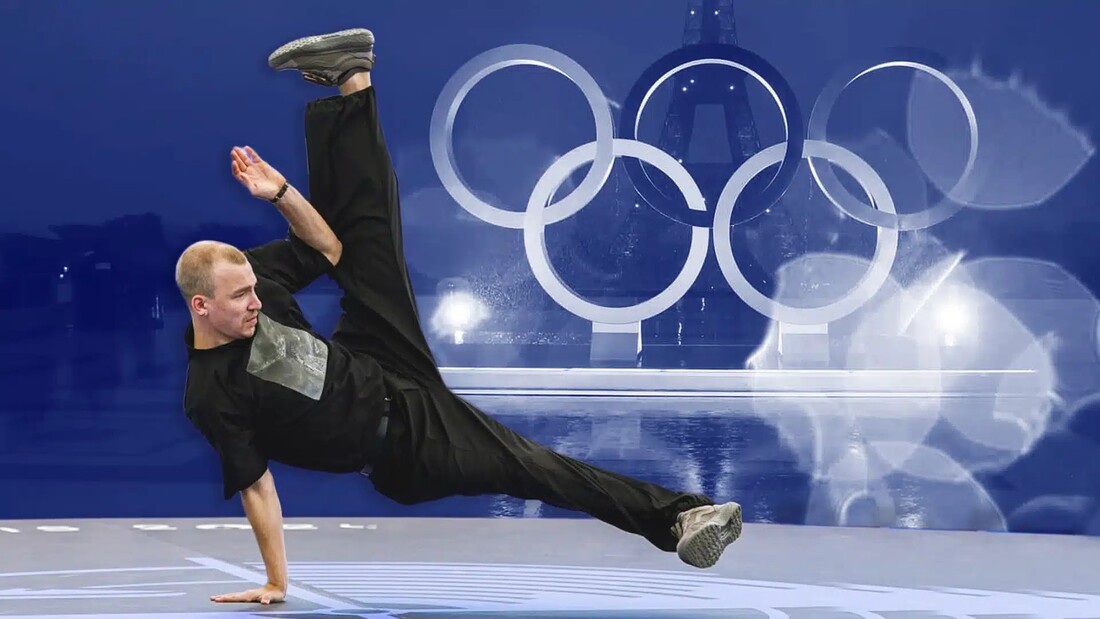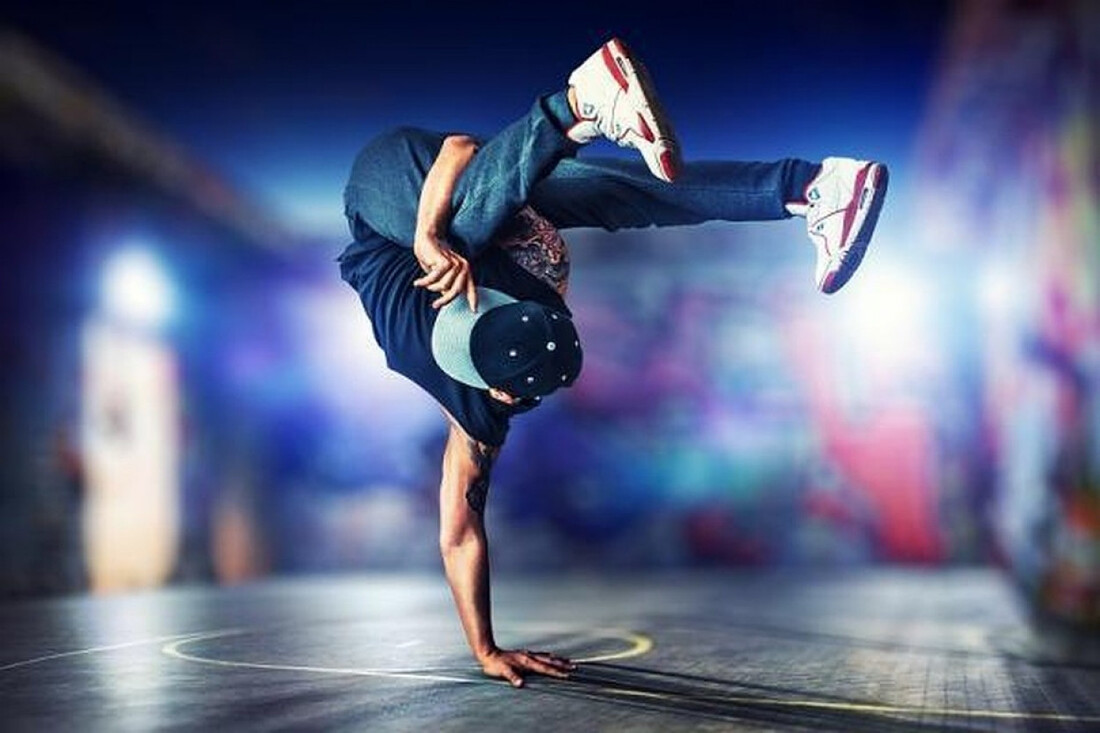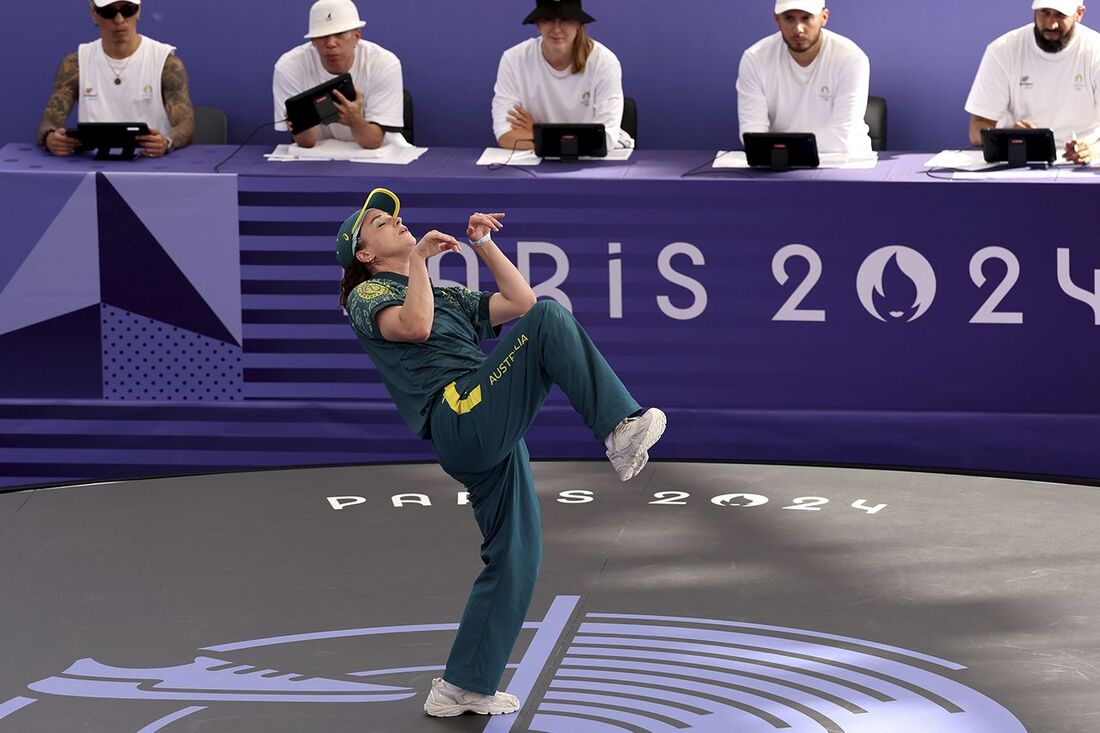Why Is Breakdancing an Olympic Sport? Explore Its Dynamic Journey to Glory
Breakdancing, once an electrifying expression of urban culture, has spun its way from the gritty streets to the grand stages of the Olympic Games. This dynamic blend of art and athleticism, with its gravity-defying moves and creative flair, now finds itself alongside traditional sports, captivating audiences worldwide. But how did breakdancing make the leap from underground hip-hop culture to earning a spot on the Olympic roster? The answer lies in its evolution as a sport that embodies creativity, competition, and global appeal, making it a perfect fit for the world’s most prestigious athletic event.

The Essence of Breakdancing
Breakdancing is like poetry in motion, blending raw energy, rhythm, and creativity into a mesmerizing performance that feels alive. Born in the gritty streets of New York during the hip-hop revolution, it’s more than just a dance; it’s a culture, a statement, a way of life. Each move, from gravity-defying spins to intricate footwork, tells a story of resilience and individuality, where every breaker becomes an artist and an athlete. It’s not just about showing off tricks but about connecting with the beat, the crowd, and the moment, making breakdancing a true fusion of art and sport.
History of Breakdancing
Breakdancing burst onto the scene in the 1970s, a fiery spark ignited in the streets of New York City that turned into a global phenomenon. What started as a way for urban youth to express themselves through movement and music quickly grew into a cultural powerhouse. Breakdancing, or “breaking,” blended the raw energy of hip-hop with acrobatic creativity, turning sidewalks into stages and dancers into legends. Its evolution from underground battles to mainstream recognition is nothing short of inspiring, which explains why is breakdancing an Olympic sport today. It’s the perfect mix of art and athleticism, preserving its roots while dazzling the world.
Breakdancing debuts at the Olympic Games
Breakdancing is stepping onto the Olympic stage, bringing its electric energy and street-smart style to the world’s biggest sporting event. This isn’t just about flips and spins; it’s a full-blown cultural movement crashing into the mainstream with all the flair of a blockbuster movie. The debut at Paris 2024 proves why is breakdancing an Olympic sport—it’s athletic, artistic, and globally relevant. From its roots in New York’s urban scene to the bright lights of the Olympics, breakdancing keeps its authenticity while pushing boundaries, making it a perfect mix of tradition and innovation on a stage like no other.
What criteria were used to include breakdancing in the Olympic Games program

Breakdancing made it to the Olympic Games by hitting all the right beats. Here’s why it earned its spot and why is breakdancing an Olympic sport:
- Global Popularity: Breakdancing thrives worldwide, with communities in every corner of the globe celebrating its unique style.
- Athleticism: Its moves demand insane strength, flexibility, and endurance, making it a perfect fit for an athletic stage like the Olympics.
- Creativity and Artistry: Breakdancers don’t just compete; they tell stories through their movements, blending sport and art seamlessly.
- Engaging for Younger Audiences: It brings a fresh, modern vibe to the Games, capturing the attention of a new generation.
- Inclusivity: Open to all genders and backgrounds, breakdancing embodies the Olympic spirit of diversity and unity.
- Structured Competition: Breakdancing competitions follow clear judging criteria, ensuring fairness while highlighting individual brilliance.
Each criterion reflects the heart of the sport and its ability to shine on the biggest stage.
Breakdance Federations
Breakdance federations are the heartbeat of the breaking world, bringing together dancers, organizing events, and shaping the sport’s future. These groups are like the architects of the breakdancing universe, building bridges between the underground roots and the global stage. Federations like the World DanceSport Federation (WDSF) played a massive role in showing why is breakdancing an Olympic sport, showcasing its structure, athleticism, and creativity to the world. They set the rules, create platforms for epic battles, and ensure that breaking stays true to its culture while evolving as a competitive sport.
Judging breakdance at the Olympic Games
Judging breakdancing at the Olympic Games 2024 was like watching art and athleticism collide in the best way possible. Dancers were assessed on a mix of creativity, technique, and musicality, making every move count. Originality stood out as a key factor, with judges looking for unique spins, freezes, and transitions that screamed personality. Execution mattered just as much, with precision and control being the difference between a good routine and a breathtaking one. Musicality tied it all together, as competitors had to flow with the beat like it was part of their DNA. This blend of art and sport shows why is breakdancing an Olympic sport, as it merges athletic prowess with creative storytelling, leaving the audience and judges in awe.
Olympic Breakdance Participating Countries

At the 2024 Paris Olympic Games, breakdancing made its debut with a diverse group of competitors from around the globe. The B-Girls competition featured 17 athletes representing 12 nations, including Japan, Lithuania, China, the United States, France, Ukraine, and Australia. The B-Boys competition showcased 16 dancers from various countries, such as Canada, France, the United States, and others. This international representation highlighted breakdancing’s global appeal and cultural diversity. Notably, Japan’s Ami Yuasa clinched the gold in the B-Girls category, while Canada’s Philip “Phil Wizard” Kim secured the top spot among the B-Boys.
Breakdancing’s Olympic debut represents more than just a new event—it’s a celebration of cultural innovation and athletic prowess. This fusion of art and sport not only challenges the boundaries of competition but also bridges generations and communities, showcasing the power of movement to unite and inspire. By embracing breakdancing, the Olympic Games honor its roots while propelling its future, proving that sports are as much about heart and creativity as they are about strength and skill.
